7 Signs of Fall at Prairie Ridge
For immediate release ‐ October 03, 2019
Contact: Jessica Wackes, 919.707.9850. Images available upon request
by Chris Goforth, Head of Citizen Science, and edited by Jess Wackes, PR & Marketing Coordinator
This year’s fall season has been unseasonably dry and hot, but signs of autumn are still on the horizon. Changing leaf color and different foliage are some of the most obvious indications of fall, and some species that live in Prairie Ridge experience the season with us. Visit the prairie near downtown Raleigh and keep your eyes out for fall changes that might make an appearance this year.

1. Brilliant Golden Hour
Fall is a great time of transition at Prairie Ridge. Plant life majorly changes, winter-only birds make their appearance, and the insects begin to disappear and overwinter. The weather becomes cooler and the sky becomes bluer as the sun sinks lower on the horizon. Pretty soon, it will get dark earlier. We encourage you to take a moment to look out over the prairie half an hour before sunset. During that “golden hour,” the sun slants across the landscape and the grasses, trees, and flowers begin to glow. The late afternoon light on the goldenrod is quite spectacular, but even the dead grass will begin to look beautiful in the winter sun as the days get shorter.
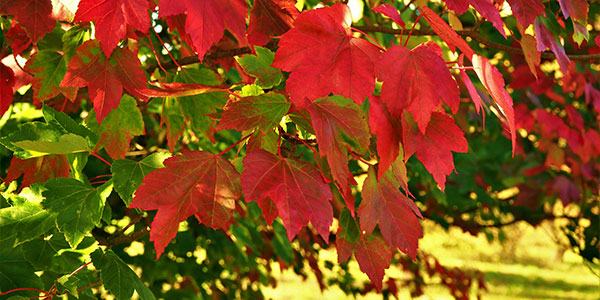
2. Red Maples
These trees are often one of the first to bloom in the spring and one of the first to start changing colors in the fall. You can pick out the red maples in forests by looking for the flaming red, tall trees, especially on the Forest Trail of Prairie Ridge Ecostation. There is also one massive red maple that shades the picnic tables outside the Nature Play Space that usually produces a particularly lovely display!
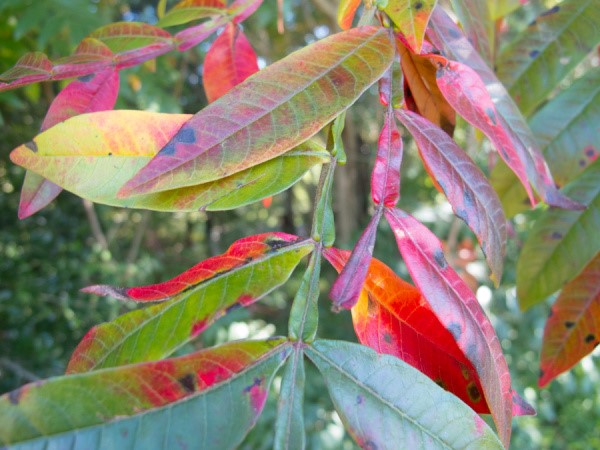
3. Winged Sumacs
The deciduous trees (the ones that lose their leaves in winter) usually change colors from spritely green to blazing reds, yellows, and oranges before the leaves flutter to the ground. Like the red maple, winged sumacs are often one of the first trees to change color and become a shockingly bright red before they lose their leaves for the winter. Look for winged sumacs to the left of the wooden walkway to the Outdoor Classroom.
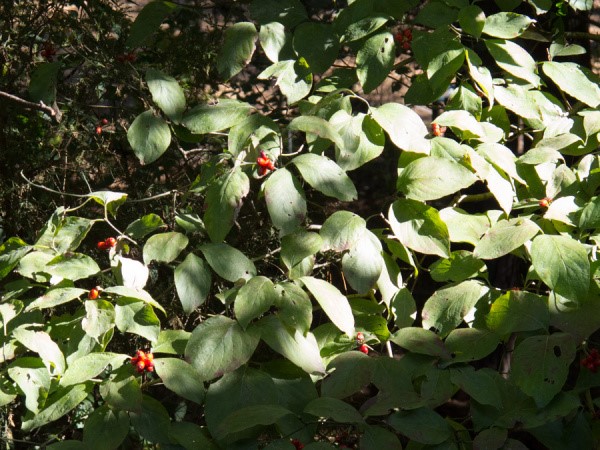
4. Flowering Dogwoods
Flowering dogwoods tend to develop bright red fruits in the fall! These fruits provide an important food source for birds and mammals, one that helps them survive through the winter. You can see a few flowering dogwoods along the Forest Trail.
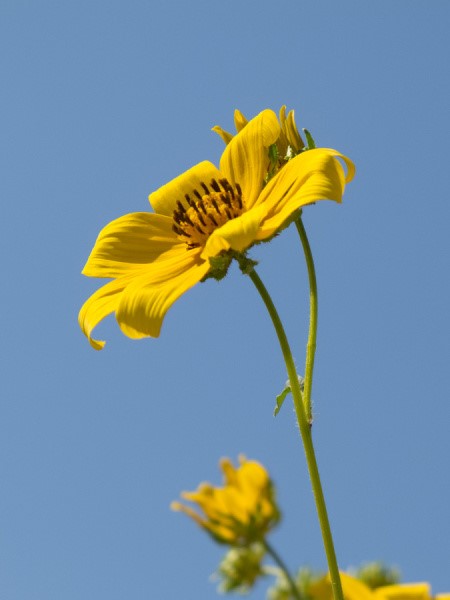
5. Tickseed Sunflowers
While springtime is generally thought to be the primary flower season, many native plants bloom in the fall instead! That includes tickseed sunflowers. While they are considered invasive in some areas, their ability to colonize new and disturbed habitats makes them conspicuous plants in areas where other species might not be able to grow.
At this time of year, you may see big patches of tickseed sunflowers along roads and in ditches where they take advantage of the runoff after rains and you may hear them called “ditch daisies.”
You’ll find them along the road into Prairie Ridge and in the prairie. Look out for monarch butterflies on the flowers! They seem to be a popular flower for the butterflies as they make their way south for the winter. Want to help pollinators? Here are 5 tips!

6. Eastern Aromatic Asters
These bright purple flowers can add a bold splash of bright color right before winter sets in, making it a popular garden plant in the southern US. It is also attractive to a variety of butterflies and bees and is an important source of nectar for the insects that linger until winter sets in.
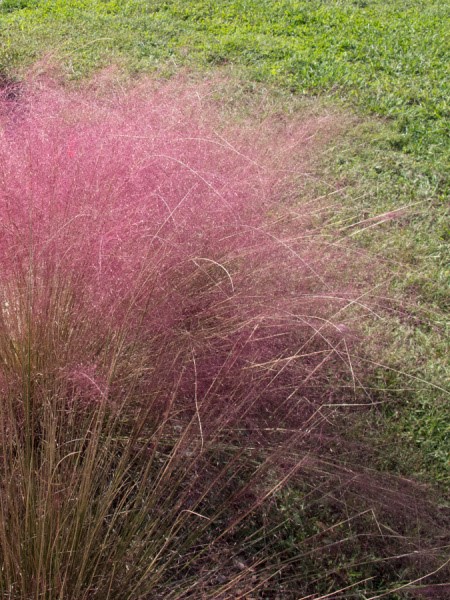
7. Purple Muhly Grass
Early fall is the best time to see one of our state’s most showy grasses, purple muhly grass. The grass is one of the most striking fall blooming grasses with its clouds of pinkish-purple flowers.
Purple muhly grass looks like a pretty standard, nondescript grass for most of the season, but it really shines in the fall. Look for it around the base of the wind turbine and in the garden beside the gate to the road as you drive into the Prairie Ridge parking lot.
What other signs of fall will you see on your next visit to Prairie Ridge? What signs of fall are you looking out for this year? Things will start changing fast, so come on out and explore!
For more information about our upcoming activities, conservation news and ground-breaking research, follow @NaturalSciences on Instagram, Twitter and Facebook. Join the conversation with #visitNCMNS.

